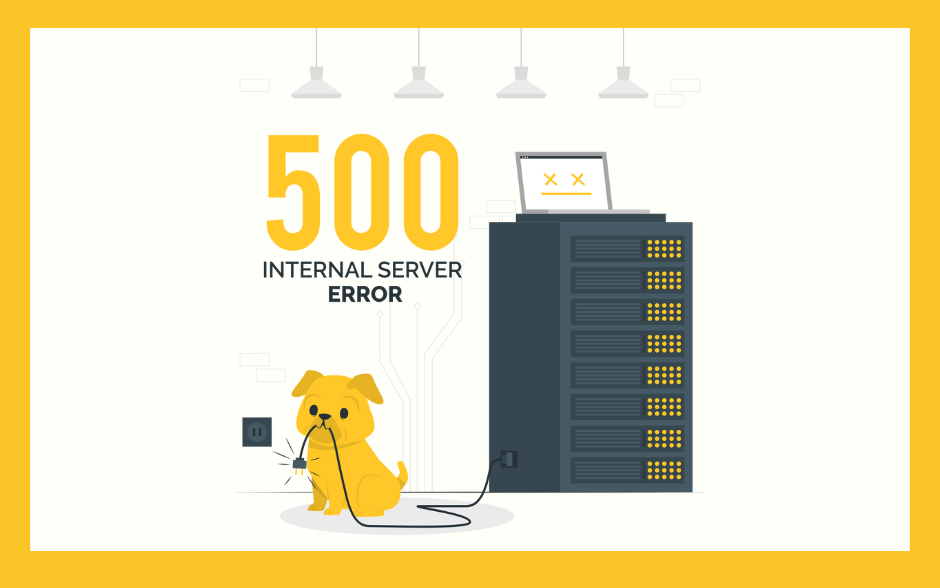In this guide, we’ll explore how to leverage your website for maximum marketing impact while simultaneously enhancing your brand image.
1. Define Your Brand Identity and Messaging

Before optimizing your website as a marketing tool, you need to establish a clear and compelling brand identity. Ensure your website effectively communicates:
- Brand mission and values: Highlight what sets your brand apart and how your offerings benefit customers.
- Consistent branding elements: Use the same logo, colors, and typography across all pages to create brand recognition.
- Tone and messaging: Craft compelling, customer-centric content that reflects your brand’s personality and unique selling proposition.
- Trust signals: Showcase testimonials, case studies, or partnerships to reinforce credibility and highlight customer satisfaction.
- About Us page: Provide an engaging company story and introduce your team to add a human touch to your brand.
2. Optimize User Experience (UX) for Engagement
Your website should be designed for a seamless user experience that encourages visitors to explore and take action. Key elements include:
- Intuitive navigation: A well-structured menu helps users find information quickly and efficiently.
- Mobile responsiveness: Ensure your website looks and functions well on all devices, from desktops to smartphones.
- Fast loading speed: Page speed affects both user experience and SEO rankings, so optimize images and reduce unnecessary scripts.
- Clear call-to-actions (CTAs): Guide visitors toward desired actions like signing up, purchasing, or contacting you with visually distinct buttons.
- Accessible design: Ensure that your website is inclusive for all users, including those with disabilities.
- Interactive elements: Use hover effects, animations, or engaging widgets to enhance the browsing experience.
3. Leverage SEO to Drive Traffic

Search engine optimization (SEO) ensures your website appears in relevant searches, bringing organic traffic to your site. Essential strategies include:
- Keyword optimization: Research and use relevant keywords in your content, headers, and meta descriptions to improve rankings.
- High-quality content: Regularly publish valuable blog posts, guides, or case studies to attract search engine attention.
- Internal linking: Improve site navigation and SEO by linking related content within your website.
- Technical SEO: Optimize images, improve site structure, and use structured data markup to help search engines understand your content.
- Local SEO: If you have a physical business, optimize your Google My Business listing and use location-based keywords.
- Backlink strategy: Build high-quality backlinks from authoritative sites to increase your domain authority.
4. Create High-Impact Content Marketing
Content is the backbone of any digital marketing strategy. Your website should serve as a hub for engaging, informative, and shareable content, such as:
- Blog articles: Address customer pain points, industry trends, and frequently asked questions.
- Videos: Showcase brand stories, product demonstrations, behind-the-scenes insights, or customer testimonials.
- E-books and guides: Offer downloadable resources in exchange for email sign-ups, helping build your subscriber list.
- Infographics: Visually present complex information in an easy-to-digest format, making your content shareable.
- Podcasts or interviews: Provide valuable insights through audio content featuring industry experts.
5. Integrate Social Proof and User Engagement
Building credibility through social proof and interactive elements enhances both your brand image and conversion rates:
- Customer testimonials and reviews: Display positive feedback prominently on product and landing pages.
- Social media integration: Encourage content sharing and social media engagement by embedding feeds and share buttons.
- Live chat and chatbots: Provide instant customer support and engagement to improve user satisfaction.
- Community building: Implement forums, Q&A sections, or user-generated content features to create a sense of belonging.
- Case studies and success stories: Show real-life examples of how your products or services have helped customers.
- Influencer partnerships: Collaborate with industry influencers or satisfied customers to promote your brand authentically.
6. Utilize Lead Generation and Conversion Optimization
A great website doesn’t just attract visitors—it converts them into customers. Implement these strategies:
- Email capture forms: Offer valuable incentives like discounts, exclusive content, or free trials to encourage sign-ups.
- Landing pages: Create dedicated pages for promotions, webinars, or new product launches to increase conversion rates.
- Personalization: Use dynamic content to tailor messages based on visitor behavior, location, or past interactions.
- Retargeting strategies: Utilize remarketing ads to re-engage past visitors and encourage them to complete their purchase.
- A/B testing: Experiment with different headlines, CTA placements, and design elements to find what converts best.
- Exit-intent popups: Offer last-minute deals or incentives when users attempt to leave your site.
7. Strengthen Brand Authority with Thought Leadership

Your website should establish you as an industry leader. Ways to build thought leadership include:
- Expert blog posts and white papers: Offer in-depth insights and solutions to industry challenges.
- Webinars and online events: Engage directly with your audience in real-time through interactive presentations.
- Guest posts and collaborations: Partner with industry influencers or experts to expand your reach.
- Awards and recognitions: Showcase certifications, awards, or industry accolades to build trust.
- Research and statistics: Publish proprietary data and studies to position yourself as a credible source of information.
- Media features: Highlight mentions in press or industry publications to reinforce your credibility.
By optimizing your website as a marketing powerhouse while maintaining a strong and cohesive brand image, you create a digital space that not only attracts customers but also fosters trust and loyalty. From user experience and SEO to content marketing and social proof, every aspect of your website should work towards building a compelling and effective online presence. With the right strategies in place, your website can become your most valuable asset in growing your business and establishing long-term brand authority. Start implementing these tactics today to maximize your online impact and drive sustainable growth.



